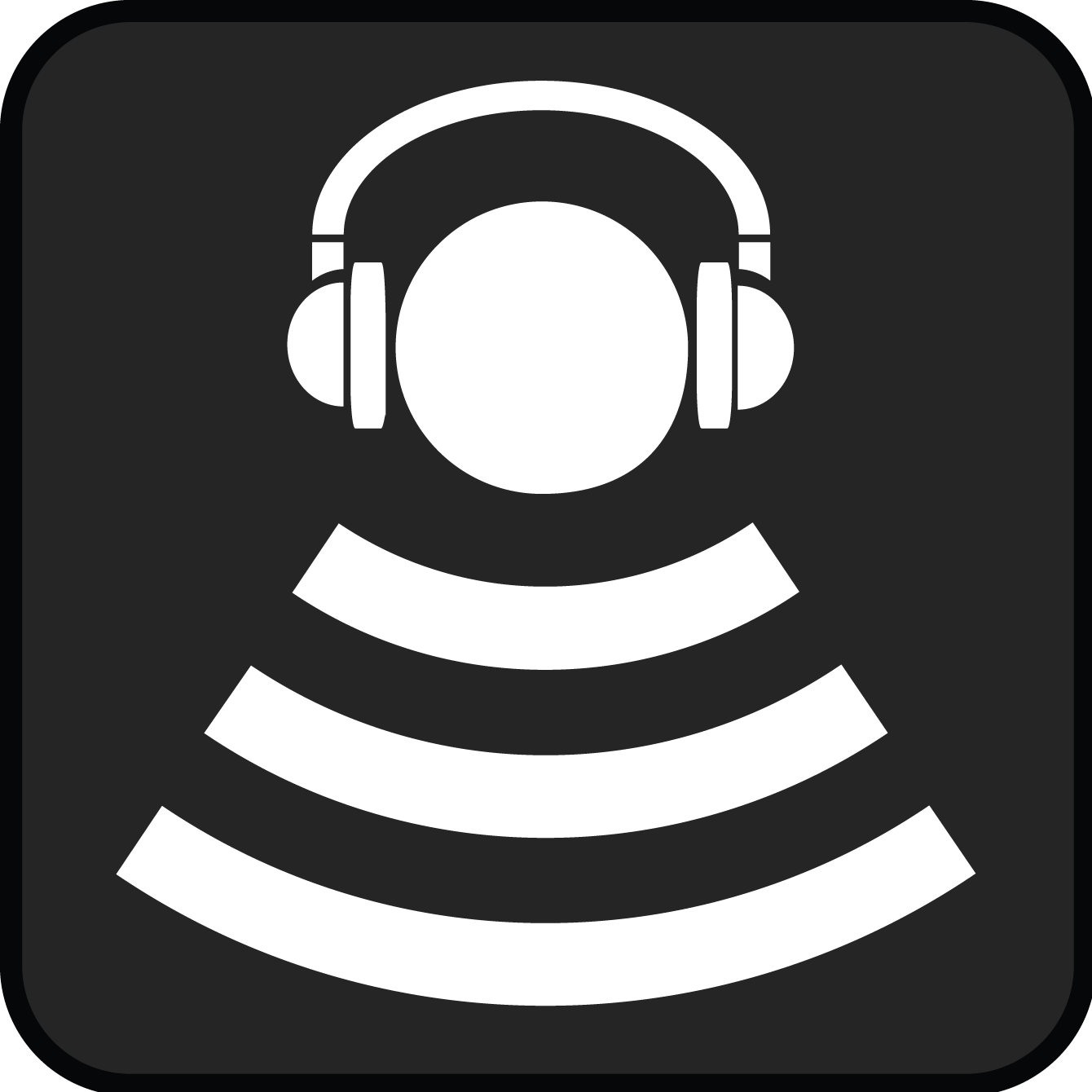The Skeletal System
/ Paul Andersen describes the important features of the skeletal system. He starts by comparing and contrasting endoskeletons and exoskeletons. He then explains how the human skeleton provides support, movement, storage, blood production and homeostasis.
Paul Andersen describes the important features of the skeletal system. He starts by comparing and contrasting endoskeletons and exoskeletons. He then explains how the human skeleton provides support, movement, storage, blood production and homeostasis.











